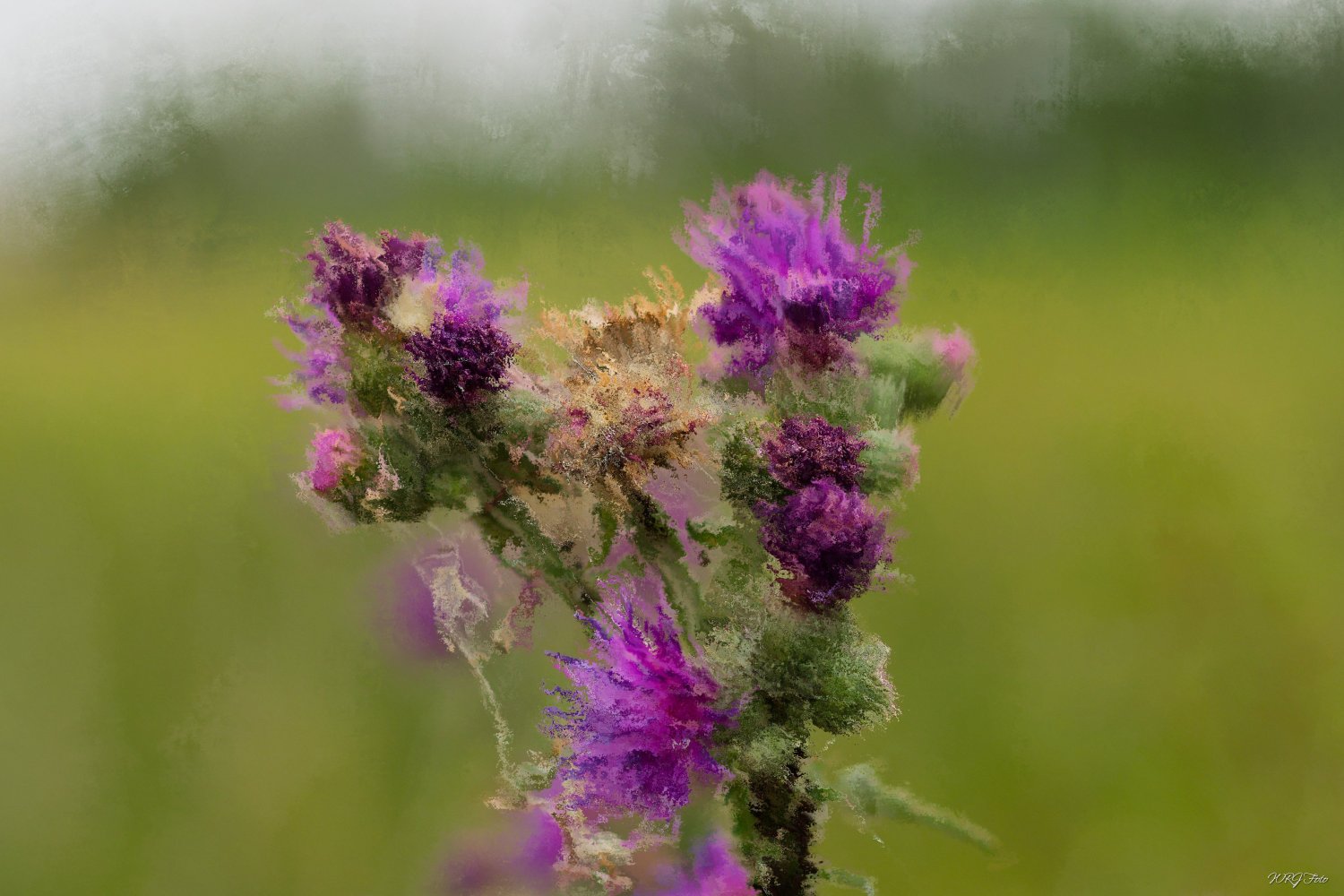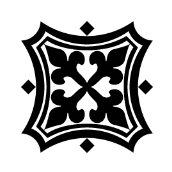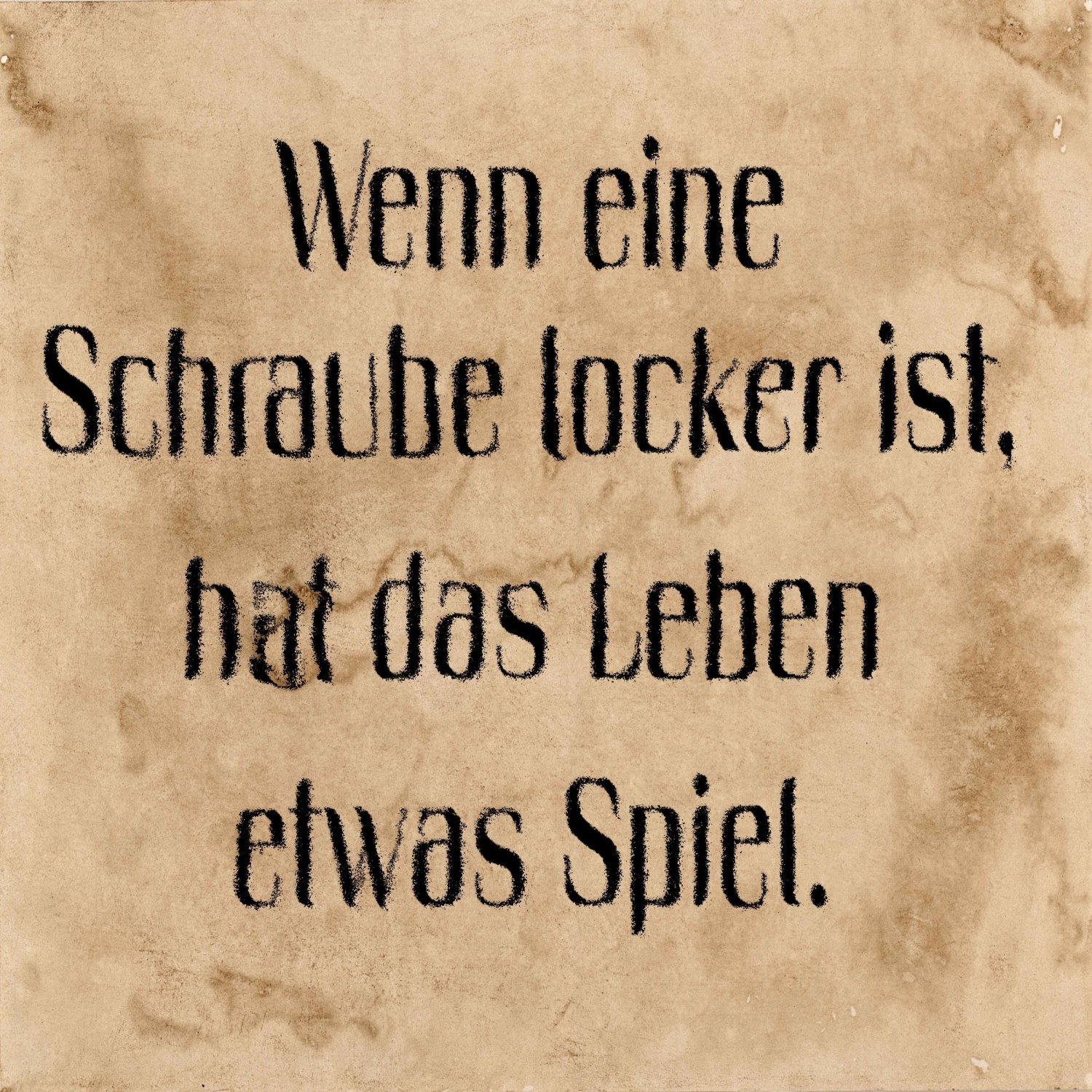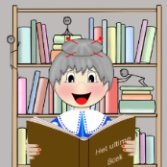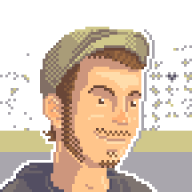Search the Community
Showing results for tags 'affinity photo'.
-
Hello, just here the pleasure of sharing graphic covers of 33LP vinyl covers of some of my favorite musicians in the form of high resolution wallpapers (5120 x 2800 px) saved in .PNG... I hope you will like it... 😉
- 17 replies
-
- affinity photo
- affinity designer
-
(and 3 more)
Tagged with:
-
Suggested improvements to States feature: Ability to rearrange order of States. Ability to rename States. Ability to group States in names Groups. Ability to capture unique File/EXIF/IPTC data per State. Safeguard accidental deletion of States. Safeguard accidental update of States. Safeguard accidental deletion: the Add and Delete buttons for States are very small and very close together. The incidence of accidentally clicking Delete while trying to add a new State is very high. Delete has no confirmation and no undo. Options: relocate buttons or confirm delete or undo delete State using document History? Same problem with hitting Update when aiming for Settings. Metadata: layer States are effectively subdocuments/variants, which when exported often need specific amendments to metadata (eg: if a layer containing a cat is turned off, there should no longer be a metadata tag for 'cat' when exported). At the moment, the only solution is to mash metadata for all States together and then amend metadata manually when exporting them, as was the case before States were available. If States captured metadata it would be very useful. [As an aside, I would add editing tag metadata is currently difficult because there is a text justification and scrolling bug for that field creating abnormally large gaps between tags that constantly shift while typing, making it hard to proof-read tags for punctuation and spacing errors. Tags have to be edited in Notepad and pasted in because it is too difficult to type them directly.]
-
- affinity photo
- states
-
(and 1 more)
Tagged with:
-
working on 300dpi file i am facing a very beginner problem im newly using affinity photo. how to fix brush lag and latency ? do i need to change these performance settings please help Desktop 2024.01.05 - 18.23.47.02.mp4
- 4 replies
-
- affinity photo
- brush
-
(and 2 more)
Tagged with:
-
Liebes Forum! Ich habe es bislang nicht geschafft, in Affinity Photo eine brauchbare Funktion zu finden, die mich Zuschnitte auf eine Ebene beschränken lässt. Ich kenne die Möglichkeit, aus eine Auswahl eine neue Ebene zu erstellen. Das ist aber ziemlich fummelig. Worum es mir geht: Ich habe ein Foto, von dem ich gerne mehr als nur einen Ausschnitt exportieren würde. Mit Zuschnitt beschneide ich jedoch immer jede andere Ebene mit, womit ich alternative Ausschnitte zerstöre. Zuschnitt hat aber die extrem brauchbare Möglichkeit, das Seitenverhältnis festzulegen und Overlays einzublenden. Nichts davon steht mir zur Verfügung, wenn ich eine Auwahl erstelle: kein nach eigenem Gusto fixiertes Seitenverhältnis, kein Overlays zur Optimierung der Komposition. Eigentlich ist das doch eine ganz grundlegende, sehr nützliche Funktion. Das Open Source-Programm GIMP hat sie. Photo tatsächlich nicht? Verblicke ich da was oder gibt es wenigstens einen Workaround? Wenn da Jemand brauchbare Vorschläge hätte... Wäre toll! 🙂 Viele Grüße Paul
- 10 replies
-
- affinity photo
- zuschneiden
-
(and 1 more)
Tagged with:
-
Hey all, I'm struggling to create and export an Alpha Channel from Affinity Photo (v1.7.1.404) to a CMYK .TIFF image. The image has been masked out and I'm trying to make a named Alpha Channel to be used as a Spot Colour for digital print in an Onyx RIP (To be names 'Spot 1' which refers to a Spot White Ink). Please see the attached screenshot for the masked out area which I'm talking about. I've followed several other posts and YouTube/Vimeo video's and it's just not clicking for me. The image will export as a .TIFF but it won't export an Alpha Channel no matter what I try. Methods I have tried: 1. Mask out areas, on the 'Selection raster Alpha' channel, right click, and 'Create Spare Channel' and name it 'Spot 1' 2. In the layers under Adjustments, create and Channel Mixer and pull up the Alpha slider. What am I doing wrong? Thanks for your help!
-
Okay, I'm an early beta user of all the Affinity suite and I'm convinced it's getting better and better after each update. I hope I'm wrong but I can't find a way to work on photos or bitmap illustrations in Affinity Photo with duotones, tritones and even quadritones with spot colours via the channel like I'm doing it with Photoshop. Is it possible? It would really help me to get rid of Photoshop for good. To clarify my process, in Photoshop, I'm working in Greyscale mode and then I'm adding spot colours via the Channel panel. Photoshop is then able to simulate in Grey mode the spot colours and simulate the overprint of each colour. While working with spot colours on illustrations, I'm having 1200 dpi A3 files in greyscale mode which gives me quite small files size while working with large high resolution files. This is super handy. Most people working with silkscreen print process know what I'm talking about. I'd also love to be able to work with bitmap 1 bit image in Affinity Photo as well but I don't think I can do that either. Many thanks.
-
Hello, When I open the psd smart file below, I got error directly in the app opening: Unknown property : EffectGradientFill,gs99 Unknown property : AdjustmentGradientFill,gradientsInterpolationMethod Unknown property : EffectGradientFill,gs99 It causes the texture of the background (which uses pattern) missing. Can you fix it so that it acts normally like in photoshop, please? My computer: Apple M1 Max MacOS 14.3 (23D56) App version: Affinity Photo 2.3.1 thirt-mockup-for-bug-report.psd
-
I thought I'd have a go at correcting the flaw in the family photo HRH Kate released. I used Affinity Photo 2 clone brush and tone mapping to remove the bit everybody was talking about.
- 5 replies
-
- affinity photo 2
- royal
-
(and 1 more)
Tagged with:
-
Here is another painting in acrylics produced using DAP Pro 7 and interfacing with Affinity Photo. I have included a video of the painting process along with the resulting multilayered Affinity Photo file so you can see how the painting comes to life with human-assisted AI. Play with the Affinity Photo file to your heart's content to see the layering involved and each painting stage. This is a very productive tool. Thin Acryllic Model.mp4 Model Thin Acrylic_DAP_ALL__Acry-Real.afphoto
-
The plural of "rabbit" is "rabbi", right? Well anyway, here's an illustration I did for my wife (the rabbit fanatic...we have owned as many as 7 at one time!) Done in AD v2.3.1, with a few trips to the Photo Persona and Affinity Photo for some filter effects. I created two Artboards in AD so I could create different versions. Hope you like them. Cheers.
- 4 replies
-
- affinity designer 2
- photo persona
-
(and 3 more)
Tagged with:
-
I am experiencing some strange behavior with Live Procedural Texture and the "rgbtoi" function. Perhaps I am doing something wrong, but if so, I can't figure out what it is. I'm on a MacBook Pro running Ventura 13.6.4, using AP 2.3.1. I was trying to create a Toning Preset using Procedural Textures, but the display comes out very dark, which stopped me in my tracks. Here's the original image. I picked this image because it had a lot of different colors for testing. The below image shows only the base layer (the original pixel layer). The layers above the base layer are hidden. I added a Channel Mixer Adjustment Layer and set it to grayscale and I get the expected result. It displays the weighted grayscale of the image (using approximately 30% Red, 59% Green, 11% Blue for the conversion to grayscale). Note the sample points in the Info Panel. They look about right to me and agree with the image as displayed on my monitor. Below is a screenshot with the Procedural Texture Layer visible and the Channel Mixer Layer hidden. I used the "rgbtoi" function, which I believe does a similar RGB to weighted grayscale conversion as Channel Mixer (approx 30%R, 59%G, 11%B) and provides the output as grayscale intensity. The image displays extremely dark, but the sample points in the Info Panel are nearly identical to those shown in the Channel Mixer screenshot. The sample points do NOT agree at all with the displayed image. I'm guessing it is a "display issue" because the calculated values in the Info Panel seem to be correct. If I change the Layer Blend Mode of the PT layer to Color, Hue or Saturation, the image displays the same as Channel Mixer, but this shouldn't be necessary. And for my purposes, it defeats my intention of building a PT to do Toning. I could put a Channel Mixer Layer (set to Grayscale) below the PT Layer, but that shouldn't be necessary, should it? Seems like a bug to me, unless I am missing something (which is very possible). Any help would be appreciated. I'll also attach the afphoto file, created using AP 2.3.1. Thanks. PT-rgbtoi.afphoto
- 14 replies
-
- affinity photo
- procedural texture
-
(and 2 more)
Tagged with:
-
Hi everyone these are some styles i created for use on individual letters , hope there good enough for everyone to find a use case for them. this is my first go at creating styles it is a 148.59MB DOWNLOAD. S.L_LETTER_STYLES.afstyles
- 26 replies
-
- affinity designer
- affinity photo
-
(and 1 more)
Tagged with:
-
So I have a project I just finished that was a live document. I kid you not, as I’m clicking to go hit save or export or something to make a hard copy… the program glitches, crashes. I go back in to reopen the file, but it instead duplicated 3 project folders somehow… there is a thumbnail of the file inside but no live document to open (it says 0) so I can’t save it from the dashboard. I assumed there would be some temp folder for the cached files I could scrounge for and reopen the last instance, but I can’t find one and don’t see any mention of one. Is it hidden in system folders? I am so frustrated. In other programs, this would be the natural troubleshooting but not here… is there some way to restore a file from cache or did I just lose a lot of work because the file corrupted/disappeared? I have my files stored in the iPad, not syncing to a cloud. edit; I can rename the folder, which renames all 3. I tried updating, restarting the app and iPad.
- 2 replies
-
- affinity photo
- saving
- (and 4 more)
-
-
Windows 10 Pro x64 Affinity Photo 2.2.0 To be clear at the start, I am not asking for: Instructions on tools, or changes to tools. Instructions on hotkeys, or changes to hotkeys. Instructions on changing cursors, or any new cursors. Instructions on changing macros, or any new macros. Here is a very simple example of what I would like to see happen: Open an image file. Type CTRL-A. The entire image is now selected. (Yes, there are easier ways to see the dimensions of an entire image. But this is the simplest example I could think of.) What are the dimensions of what I have selected? I would like to see this information on my screen, preferably in the Info box. I would not like to have to click additional tools or keyboard combinations in order to see it. I would like it to be displayed in the Info box at all times (if something is selected, of course). Whether the selection has been made with a keyboard shortcut, or a lasso, or a magic wand, or a color-range-select -- none of that should matter. If a region(s) is selected, I would like to see the height and width of what is currently selected displayed in the Info box. I hope I am being clear, but if you have any questions about what I mean, do please ask me. Please be as specific as you can about what I have been unclear about. Thank you. P.S. See also:
-
All photo's sourced at Unsplash. Ancient pillars created using shapes and textures. Colour scheme courtesy of my brain.
-
If a screw is loose, life has a bit of play. Playing with paper strukture and dissolve filter ... Paper from Pixabay
-
In this Affinity Photo Tutorial I show how to use abstract motion blur artistically. Technically, this is not motion blur, but rather zoom blur, because a vanishing point must be observed. I'll first show how to apply the zoom blur to just the train. Then I'll show how you can do it exactly the other way around. This requires some preparation, such as determining the vanishing point, creating a selection, and of course, understanding the difference between motion blur and zoom blur. Of course, you can apply the effect to anything that moves: a car, a dog, a projectile. I wish you much fun. Ciao Jack
-
- affinity photo
- tutorial
- (and 6 more)
-
Currently when resizing a selection, the selection resamples the nearest neighbor outside the selection. The result is that a resized image that has edged that have been feathered or blended into a gradient due to the algorithm used to resample when stretching the image. I'd like to suggest that the move tool gains an option to select the type of sampling algorithm used, with one option be none, to permit the creation of variegated flood filled rectangle based upon selection without the feathering/blending effect or utilizing a different sampling algorithm. This feature would be applicable to Photo or Design where pixel selections can be selected and transformed. The need for this feature goes as far back as early V1 days - I've found numerous reports of this problem with no suitable solution implemented.
-
- feature request
- affinity photo
-
(and 4 more)
Tagged with:
-
-
Continuing my work with Affinity Photo and DAP Pro 7 I created this portrait version of a photograph that came with DrawPlus X8. The painting effect was enhanced by the use of Tone Mapping and the development persona to give it an authentic painted look. The small JPG was exported from Affinity Photo. I hope you can see the paintbrush textures.
- 4 replies
-
- dap pro
- portraitist
-
(and 2 more)
Tagged with:
-
This is the first watercolor portrait that I've created in Affinity Photo. I think the result came out not too bad.
-
I would like to submit a request for GeoTIFF metadata support. This is a popular format in cartography and similar industries. Since GeoTIFF is compatible with the TIFF standard, Affinity Photo is able to open the image. Unfortunately, the typical GeoTIFF tags are irretrievably lost in this process. At the moment, there are few graphics programs that support GeoTIFF metadata, e.g. GIMP. I don't expect Affinity to fully support this type of files as it is a graphics program, but the ability to edit files without losing metadata would be a nice addition.
-
When I create a live brightness range mask, I can select which preset I want to use. So far it works fine, but when I close it and open it a second time, only the curve is displayed and the name of the preset, i.e. Highlights, Midtones or Shadows, is no longer shown. I think the error is not necessarily new in V2.4 of Affinity Photo. In addition, the opacity is set to 1% when a preset is selected. Attached screenshot Bildschirmaufnahme 2024-03-05 um 18.25.26.mov
- 6 replies
-
- affinity photo
- AF-2214
-
(and 1 more)
Tagged with:
-
Hey folks, I've noticed a problem in Affinity Photo 2, affecting both iPad and desktop versions, where changing a layer's fill opacity via the FX options from 100 % to anything between 100 and 0 % doesn't hide the layers contents as expected. Instead, the contents remain visible 100 % at all times. This seems similar to a previously mentioned, but seemingly solved issue with the 3D effect in Affinity Designer, indicating a possible consistent rendering issue with layer effects and fill opacity settings. To reproduce the Bevel / Emboss visibility issue, follow these steps: Open Affinity Photo 2 on either an iPad or desktop and create a new layer. On this layer, draw anything using any colour of your choice. Apply the Bevel / Emboss effect to the drawn layer. Reduce the layer's fill opacity to 0%. Expected Outcome: The layer contents should become invisible, leaving only the Bevel / Emboss effect visible. Actual Outcome: Despite reducing fill opacity to 0%, both the layer contents and the Bevel / Emboss effect remain visible, suggesting that the expected change in visibility does not occur. I'm looking for insights or workarounds from anyone who has encountered this. Any feedback or suggestions would be appreciated. Cheers Dennis
- 15 replies
-
- affinity designer
- affinity photo
- (and 7 more)



















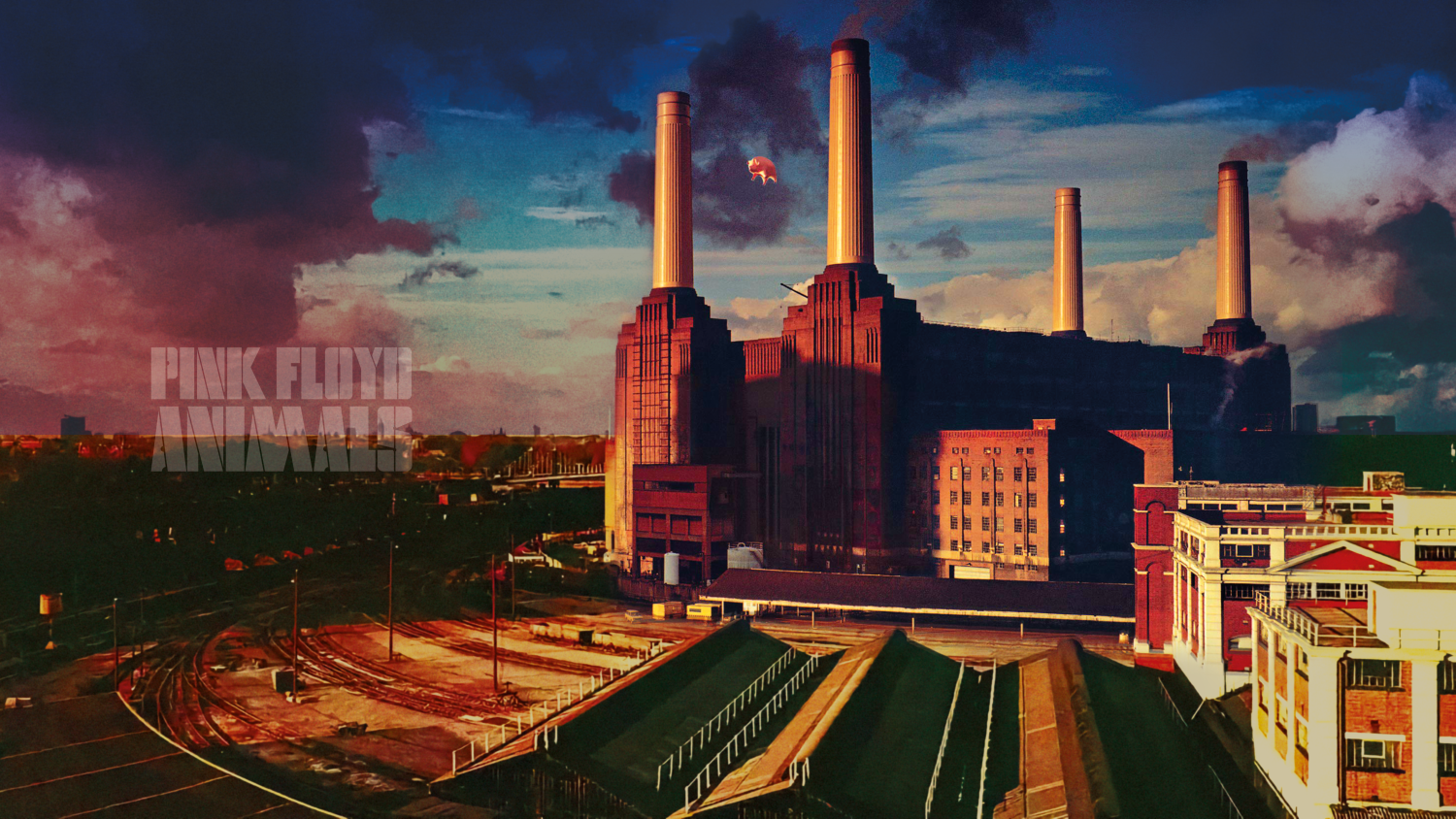




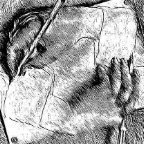
.thumb.png.136ba0d381062748f9c25db816db67de.png)
_DAP_Acry-Real.thumb.jpg.31827a4a0395b4f87afd1d9bf0a182b2.jpg)







